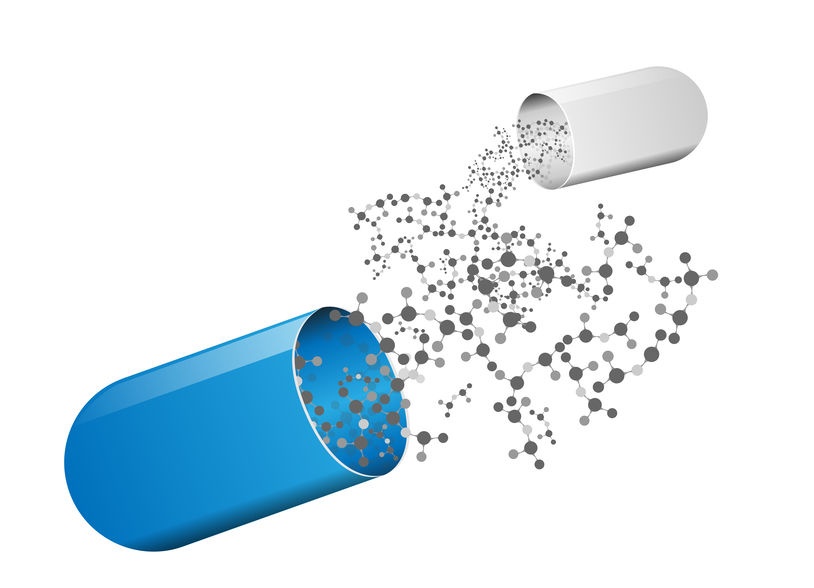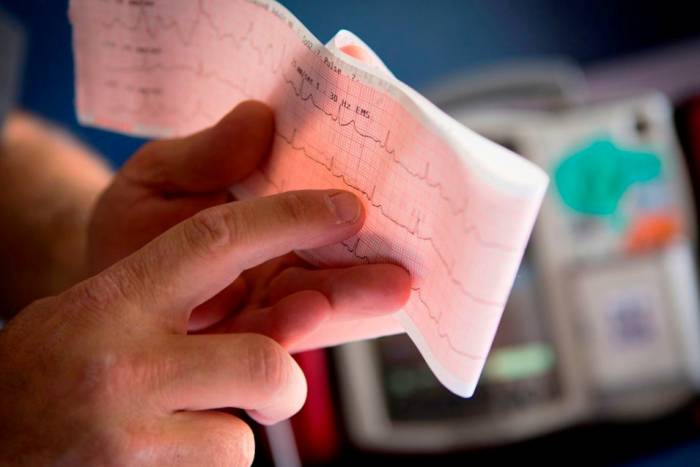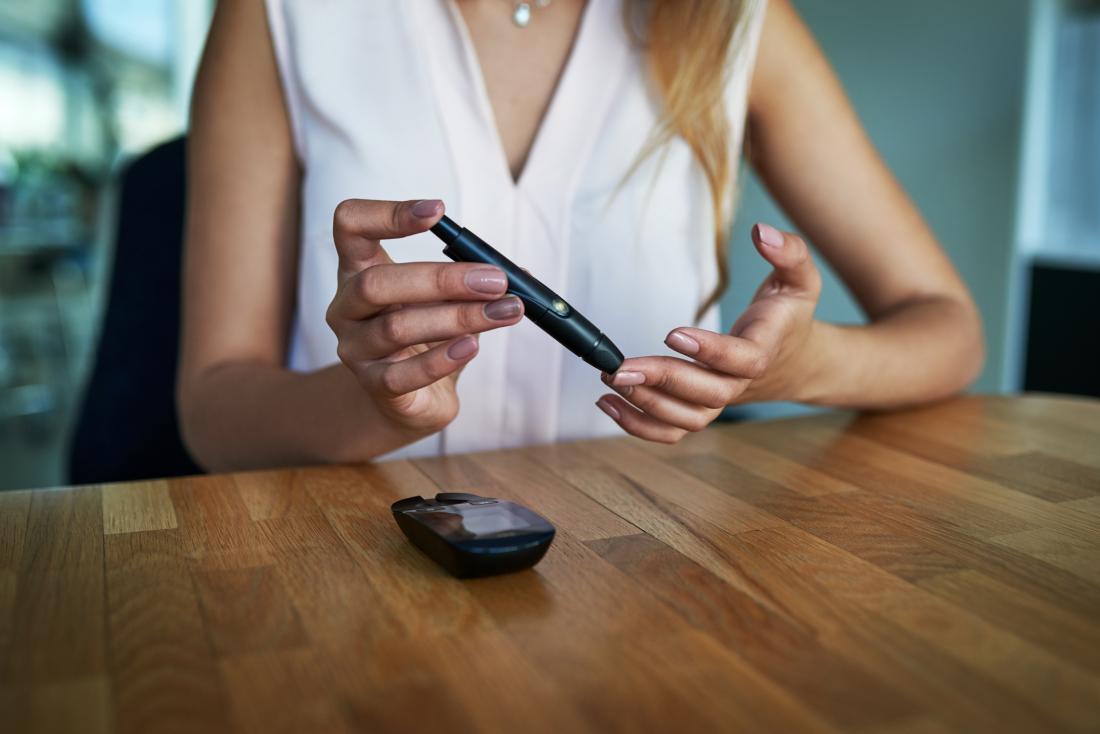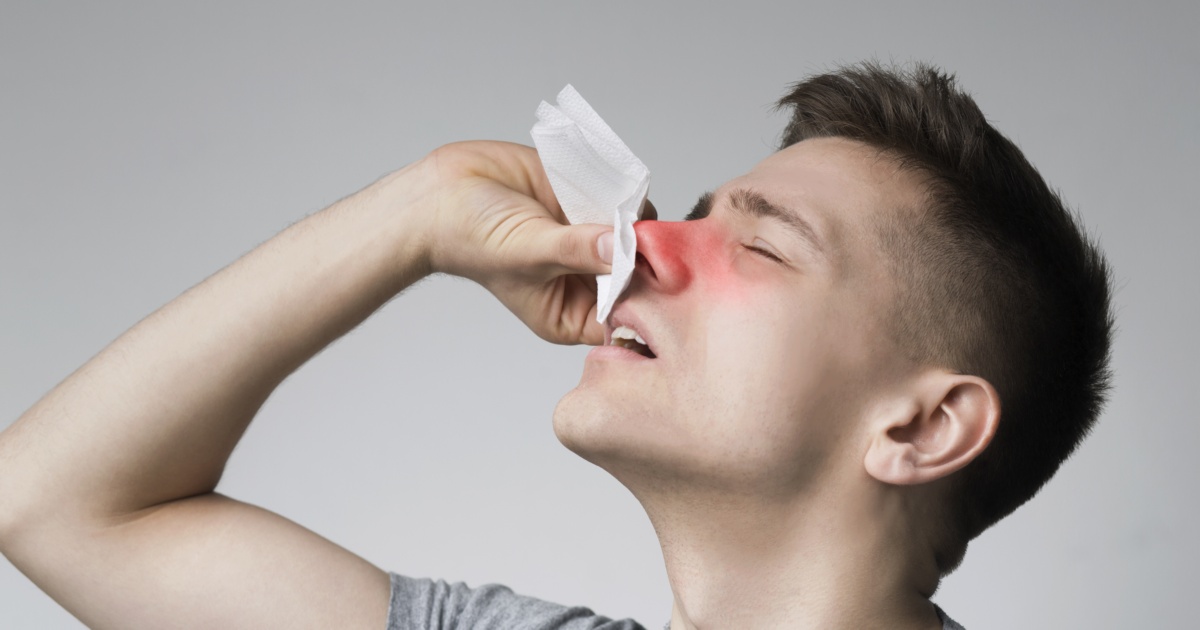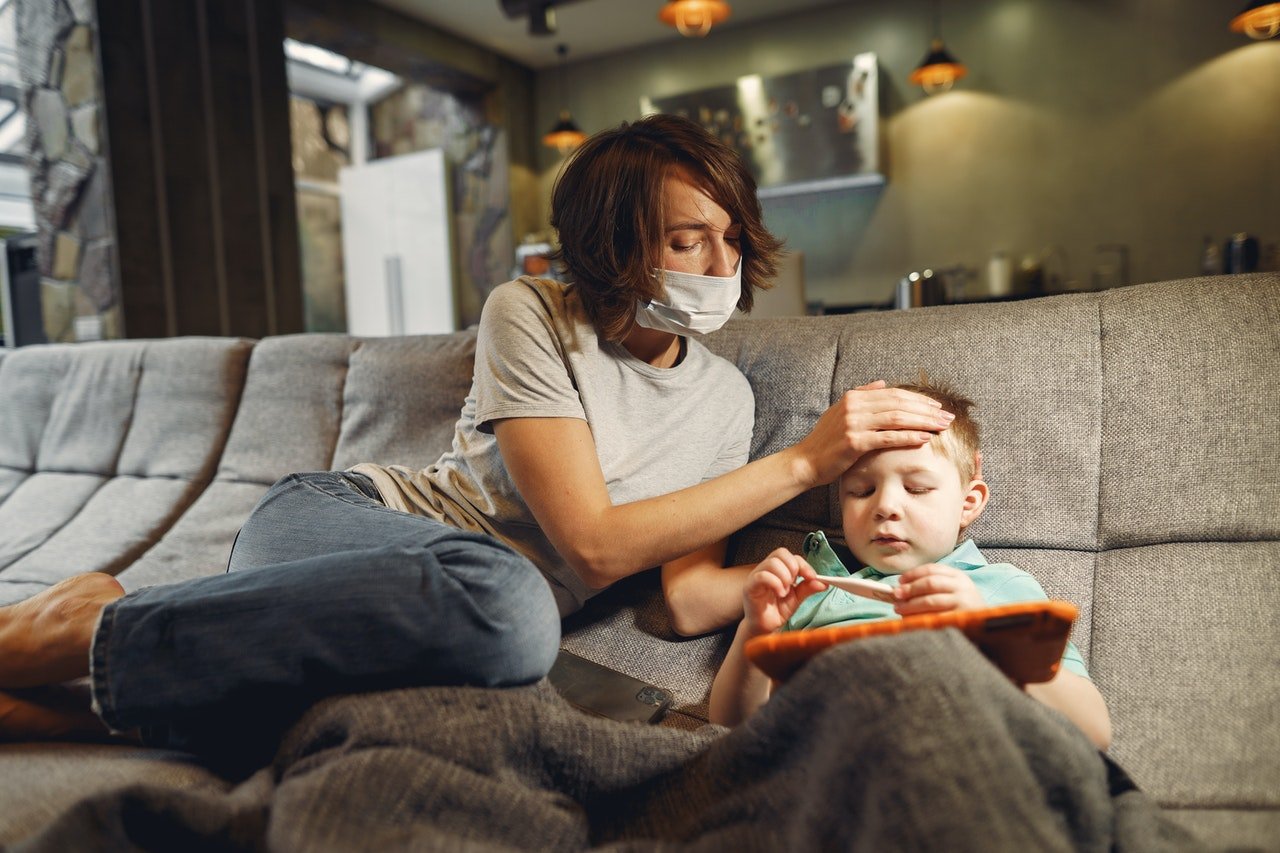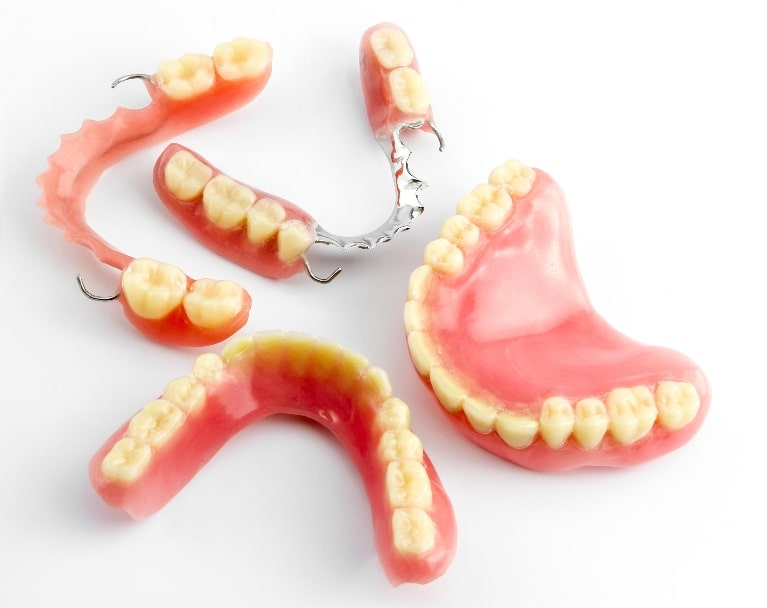How to increase blood pressure immediately in an emergency
Low blood pressure, also known as hypotension, occurs when the force of blood against the walls of arteries is too low, leading to potential health concerns. While many individuals typically experience stable blood pressure, sudden drops can result in dizziness, fatigue, and even fainting. While severe cases require immediate medical attention, there are several measures you can take at home to manage and alleviate low blood pressure during mild episodes.
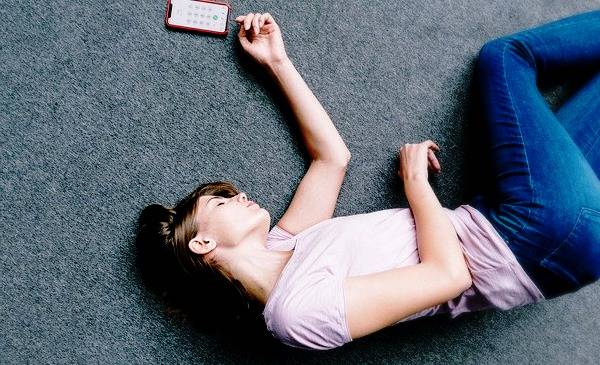
1. Stay Hydrated: Adequate hydration is essential for maintaining stable blood pressure levels. Drinking enough water helps to ensure that your blood volume remains sufficient, which in turn can help prevent sudden drops in blood pressure. Aim to consume at least eight glasses of water daily, and consider incorporating hydrating foods like fruits and vegetables into your diet.
2. Increase Salt Intake: While excessive salt consumption is generally discouraged due to its potential impact on cardiovascular health, a moderate increase in salt intake can help manage low blood pressure. Sodium helps retain water in the bloodstream, thus contributing to an increase in blood volume and subsequent stabilization of blood pressure. Consult a healthcare professional to determine a suitable salt intake for your individual needs.
3. Wear Compression Stockings: Compression stockings are a practical solution for improving blood circulation and preventing blood from pooling in the lower extremities. These stockings apply gentle pressure to the legs, aiding in the upward flow of blood and reducing the risk of sudden drops in blood pressure.
4. Elevate Your Legs: If you experience symptoms of low blood pressure, such as dizziness or lightheadedness, consider elevating your legs. Lie down on your back and prop your legs up on a pillow or cushion, allowing gravity to assist in returning blood to your heart. This simple technique can help counteract the effects of low blood pressure and promote better circulation.
5. Avoid Sudden Changes in Posture: Rapid changes in posture, such as standing up too quickly, can trigger episodes of low blood pressure. When transitioning from lying down to standing, do so slowly and steadily. This gives your body time to adjust and minimizes the risk of a sudden drop in blood pressure.
6. Consume Small, Frequent Meals: Large meals can divert blood flow to the digestive system, potentially leading to a temporary drop in blood pressure. Opt for smaller, more frequent meals throughout the day to help maintain a more stable blood pressure profile.
7. Herbal Remedies: Certain herbal remedies, such as licorice root, may have mild blood pressure-raising effects. However, it’s important to exercise caution and consult a healthcare professional before incorporating any herbal supplements into your routine, especially if you have underlying health conditions or are taking medications.
8. Monitor Your Blood Pressure: Investing in a home blood pressure monitor allows you to keep track of your blood pressure levels and detect any significant changes. Regular monitoring can help you identify patterns and make informed decisions about your self-care routine.
9. Stay Active: Engaging in regular physical activity can help regulate blood pressure by promoting healthy blood circulation and cardiovascular function. Aim for at least 150 minutes of moderate-intensity exercise per week, as recommended by health authorities.
10. Consult a Healthcare Professional: While these home remedies can be effective for managing mild cases of low blood pressure, it’s crucial to consult a healthcare professional if you experience frequent or severe episodes. They can provide personalized guidance, assess any underlying causes, and recommend appropriate treatments.
11. Breathing Exercises and Relaxation Techniques: Engaging in deep breathing exercises and relaxation techniques, such as meditation and yoga, can help promote relaxation and improve blood circulation. These practices have been shown to have a positive impact on blood pressure by reducing stress and anxiety, which can contribute to fluctuations in blood pressure levels.
12. Limit Alcohol Consumption: Excessive alcohol consumption can lead to a drop in blood pressure. If you’re prone to low blood pressure episodes, it’s advisable to limit your alcohol intake or avoid it altogether. If you do choose to drink, do so in moderation and be mindful of how it affects your blood pressure.
13. Maintain a Healthy Weight: Maintaining a healthy weight is essential for overall cardiovascular health, including blood pressure regulation. If you’re overweight or underweight, working towards achieving and maintaining a healthy weight through a balanced diet and regular exercise can have a positive impact on your blood pressure.
14. Ensure Sufficient Rest and Sleep: Quality sleep is crucial for maintaining optimal health, including blood pressure regulation. Aim for 7-9 hours of restful sleep each night. Establish a consistent sleep schedule and create a sleep-conducive environment to promote healthy sleep patterns.
15. Address Underlying Health Conditions: Certain medical conditions, such as hormonal imbalances or anemia, can contribute to low blood pressure. If you have underlying health issues, working with a healthcare professional to manage and treat these conditions can have a positive impact on your blood pressure levels.
16. Consider Medication Adjustments: If you’re currently taking medication for other health conditions, such as high blood pressure or heart-related issues, consult your healthcare provider about potential adjustments that could help prevent episodes of low blood pressure. They can help you find a balance between managing different aspects of your health.
17. Emergency Plan and Communication: Create an emergency plan that includes clear instructions on what to do if you experience a severe drop in blood pressure at home. Share this plan with family members or close friends, so they are aware of the steps to take in case of an emergency.
18. Stay Informed: Stay up-to-date with the latest medical information and research related to low blood pressure. This knowledge can empower you to make informed decisions about your self-care and treatment strategies.
19. Psychological Support: Dealing with chronic health conditions like low blood pressure can be emotionally challenging. Seeking support from mental health professionals or support groups can help you manage stress, anxiety, and other emotional factors that may contribute to fluctuations in blood pressure.
20. Long-Term Lifestyle Changes: While these home remedies and strategies can provide immediate relief and management of low blood pressure, consider incorporating them into your long-term lifestyle. Consistently practicing healthy habits can contribute to more stable blood pressure levels over time.
In conclusion, managing low blood pressure at home involves a holistic approach that encompasses lifestyle adjustments, dietary changes, relaxation techniques, and medical guidance. By adopting these strategies, you can enhance your overall well-being, reduce the impact of low blood pressure on your daily life, and promote a healthier cardiovascular system. Always prioritize open communication with healthcare professionals and follow their guidance to ensure optimal health and safety.

